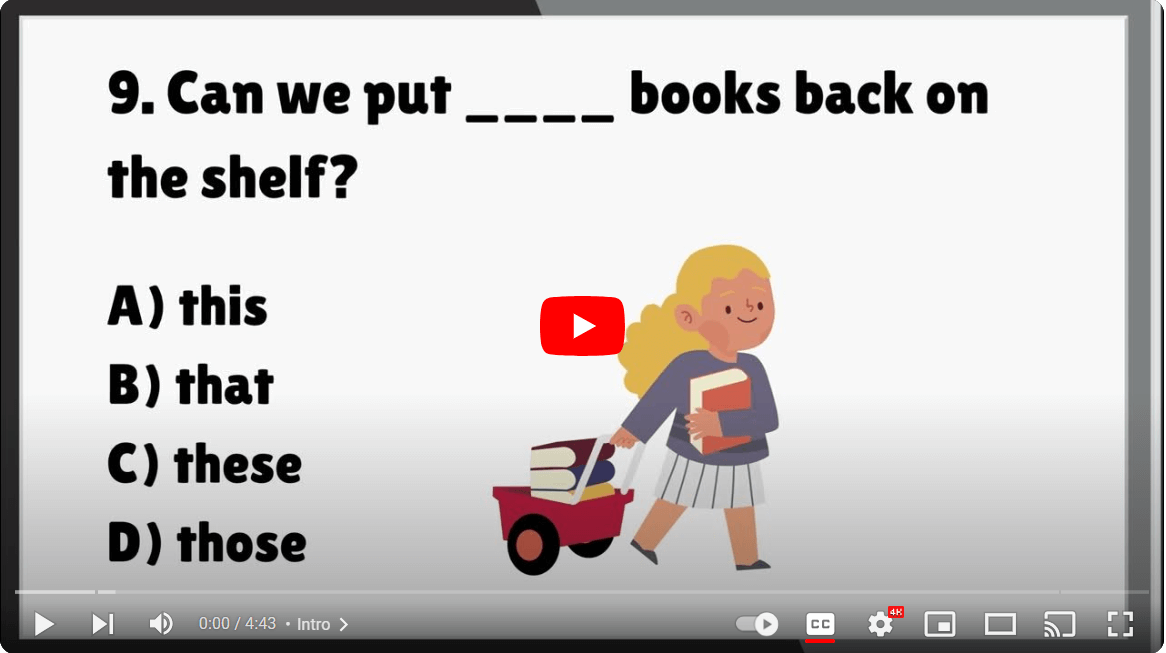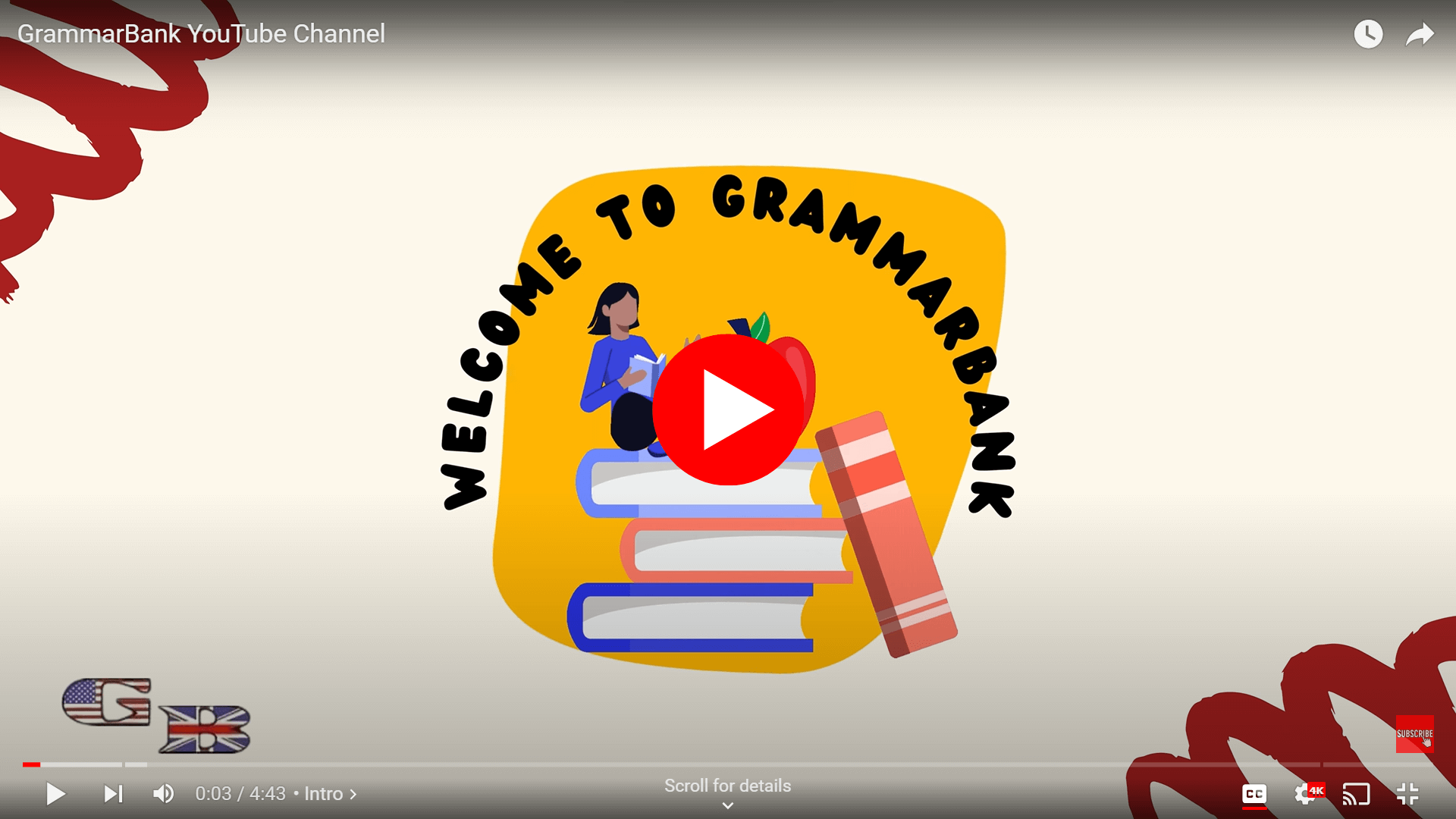TO BE Verbs - Tenses Chart
Subject Explanations:
Verb To Be (with exercise 1) -
To Be Simple Past
Verb To Be Tenses Chart
Subject Exercises:
Verb To Be (with exercise 1) -
Verb to Be Exercise 2 -
Am / Is / Are Exercise 3
Am / Is / Are Exercise 4
Am Is Are / Was Were Exercises
Am Is Are Was Were Exercises 2
Video Quizzes:
AM / IS / ARE Video Quiz 1 -
Drag and Drop Exercises:
Am-Is-Are Drag and Drop Exercise 1 / 2
Verb To Be (with exercise 1) -
To Be Simple Past
Verb To Be Tenses Chart
Subject Exercises:
Verb To Be (with exercise 1) -
Verb to Be Exercise 2 -
Am / Is / Are Exercise 3
Am / Is / Are Exercise 4
Am Is Are / Was Were Exercises
Am Is Are Was Were Exercises 2
Video Quizzes:
AM / IS / ARE Video Quiz 1 -
Drag and Drop Exercises:
Am-Is-Are Drag and Drop Exercise 1 / 2
What are "to be" verbs?
The only "to be" verbs are those in the chart below: am, is, are, was, were, will be, been.| TO BE VERBS | ||||
|---|---|---|---|---|
| Person | Present | Past | Past Participle (used with "have") | Future |
| I | am | was | have been | will be |
| you | are | were | have been | will be |
| he/she/it | is | was | has been | will be |
| we | are | were | have been | will be |
| you (plural) | are | were | have been | will be |
| they | are | were | have been | will be |
How are "to be" verbs used?
We use them in two ways.
1. As linking verb in simple present with an adjective or a noun (or noun phrase).
For Example:
Jerry and Loyd are very close friends. (noun)
It was such a nice house. (noun)
Steve is afraid of driving. (adjective)
Everyone at school was shocked to see me there. (adjective)
Note:
We never use a "to be" verb with another verb in the simple present.
He
"Agree" is a verb so we must say: She agrees with you.
2. As helping verb in one of the continuous tenses (with "ing").
Jackie and I are going to the movie theater.
My cousin is watching TV in his room.
ESL students are studying for their upcoming exam.
I am still working on my term project.
Note:
When we use "to be" verbs as helping verb, the main verb must be in progressive tense (-ing form).
Do not say: She
Say: She is helping helping me with my project.
With Past Participle:
Use past participle "been" to indicate that whatever you are stating started in the past and continues into the present.
I have been happy since I won the lottery.
She has been responsive at all times.
They have been married for year years





Comments